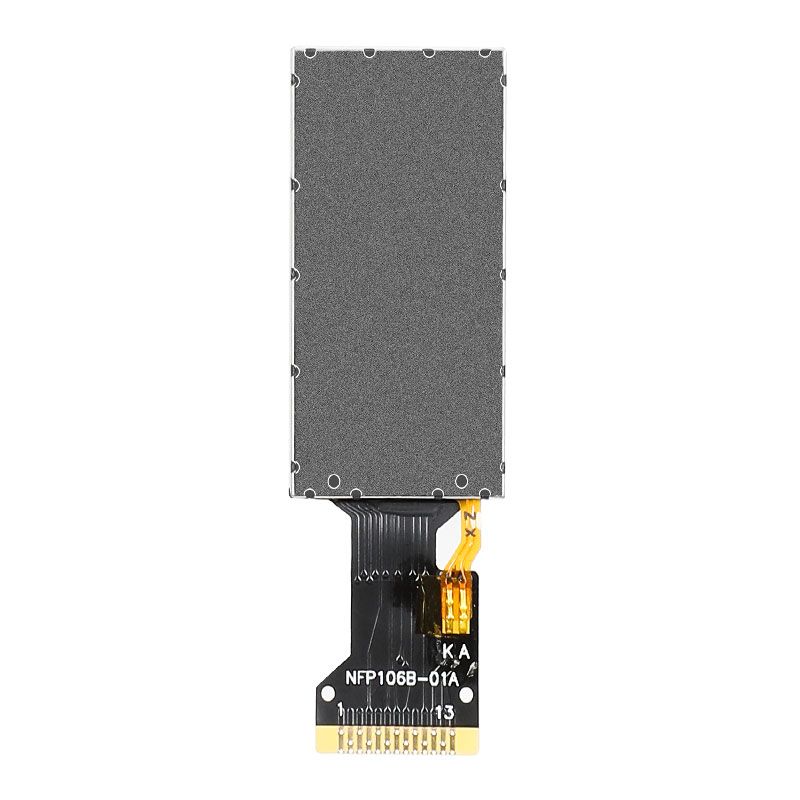You land a meeting with one of the biggest parks and recreation players in the business with a dream of placing your interactive solutions in all their parks. What do you do? This article explores the key elements that should go into any LCD solution that will be used in an outdoor environment.
Image provided by DCL Technologies, Inc. Tft Lcd

High bright LCDs have revolutionized the way we interact with displays, providing exceptional brightness and clarity even in challenging lighting conditions. From outdoor digital signage and KIOSKS to automotive displays, the demand for high brightness LCDs continues to grow across various applications. This article explores the best practices for designing and manufacturing high bright LCDs, focusing on key factors that contribute to their exceptional performance, usability and longevity.
Although commonly done, its not enough to simply increase measurable brightness. A well-designed solution considers temperature, effects of direct sunlight exposure and the possible need for vandal resistance.
This article explores the key elements that should go into any LCD solution that will used in an outdoor environment.
The backlighting system plays a crucial role in achieving high brightness levels in LCD displays. There are several backlighting technologies available, the current and most common uses LED's (Light Emitting Diodes) in various configurations as a light source behind a TFT LCD cell. (Click here for more on what an LCD cell is versus an LCD Module)
Efficient light management is essential for high bright LCDs. Optical films, such as diffusers, prisms, and polarizers, are strategically positioned to control light distribution, minimize reflections, and improve viewing angles. Micro-lens arrays can enhance light extraction and improve overall luminance uniformity. Additionally, anti-glare and anti-reflective coatings are employed to reduce ambient light interference and enhance readability in bright environments.
The objective is to achieve the maximum light output thru the LCD cell at the lowest power consumption with the least amount of self-generated heat from the backlight.
High bright LCDs exposed to direct sunlight can suffer the affects of ultra-violet (UV) damage and increased surface and internal temperature rise due to Infra-red (IR) Heat.
Regular glass blocks much of certain UV rays. However a significant portion of other types of UV exposure can decay polarizers, bonding adhesives and other materials leading to poor optical performance. A well designed solution for such applications uses UV resistant materials wherever possible.
IR filtering can reduce the "solar load" on a display solution by as much as 50% with respect to air temperature. While proper thermal management techniques (see next section) should be used in the final product design, direct sunlight IR exposure can lead to heat related LCD damage fast if not properly protected.
With higher brightness levels comes an increase in heat generation. Effective thermal management is crucial to maintaining display performance, preventing overheating, and extending the lifespan of the LCD.
Final chassis designs that include Integrated heat sinks, thermally conductive materials, and optimized airflow designs can efficiently dissipate heat and ensure stable operation under demanding conditions.
High bright LCDs require robust power management systems to support increased luminance without compromising power efficiency. Advanced power management circuits and algorithms can dynamically adjust the backlight intensity based on ambient lighting conditions, optimizing power consumption while maintaining optimal brightness levels. This ensures longer battery life for portable devices and reduced energy consumption for stationary applications
Of course, high bright LCDs often find application in outdoor environments where sunlight readability is critical. A full optical bond, which involves laminating the LCD panel with a protective cover glass or touch panel, can significantly reduce reflections and increase contrast, enhancing visibility even in direct sunlight. A lens or touch panel lens with anti-glare coatings and/or circular polarizers further improve outdoor readability by reducing glare and enhancing viewing angles.
High bright LCDs should be designed to withstand harsh environmental conditions. Employing robust materials, such as properly sized (thickness) ruggedized glass, and ensuring proper sealing against moisture and dust ingress are essential for outdoor and industrial applications. Additionally, adherence to industry standards, such as IP (Ingress Protection) and IK (Impact Protection) ratings and MIL-STD (Military Standard) specifications, can guarantee durability and reliability in demanding environments.
Designing high bright LCDs involves a meticulous balance of backlighting technology, optical design, power management, thermal considerations, color calibration, and environmental durability. By adhering to these best practices, LCD displays that offer exceptional brightness, clarity, and readability across a wide range of outdoor applications are possible, improving user experiences and enabling visual content to shine even in the most challenging lighting conditions.
DCL Technologies properly designs our LCD solutions for outdoor applications.
Making displays and monitors work in applications they weren't designed for; in environments they don't like and balancing viewability against power draw and heat generation is what we do
DCL designs high quality display solutions that meet our clients overall objectives. Our mission is to be the easiest display solution provider to do business with.
Our differentiator is a focus on delivering the best experience to our clients, at every desk. Our core value strategies are focused on making it easy for
Engineers, Designers and Purchasing to get things done.
445 Furrows Road #536 // Holbrook NY 11741 // 800-407-8917
Put 25 years of display solution experience to work for you! DCL Technologies designs and supplies high quality touch monitor, embedded display and touch panel solutions that meet our client's cost, quality and supply chain objectives. Our mission statement is to be the easiest display partner to work with !
Sign up now for the Kiosk Marketplace newsletter and get the top stories delivered straight to your inbox.
Wayne State University installs Narcan machines
LG charging station earns Energy Star, UL 2594 certifications
Iowa invites applications for EV charging stations
Self-Service Card Dispensing: Applications and Benefits
Already a member? Sign in below.
sign in or register now

Oled Display Module You may sign into this site using your login credentials from any of these Networld Media Group sites: